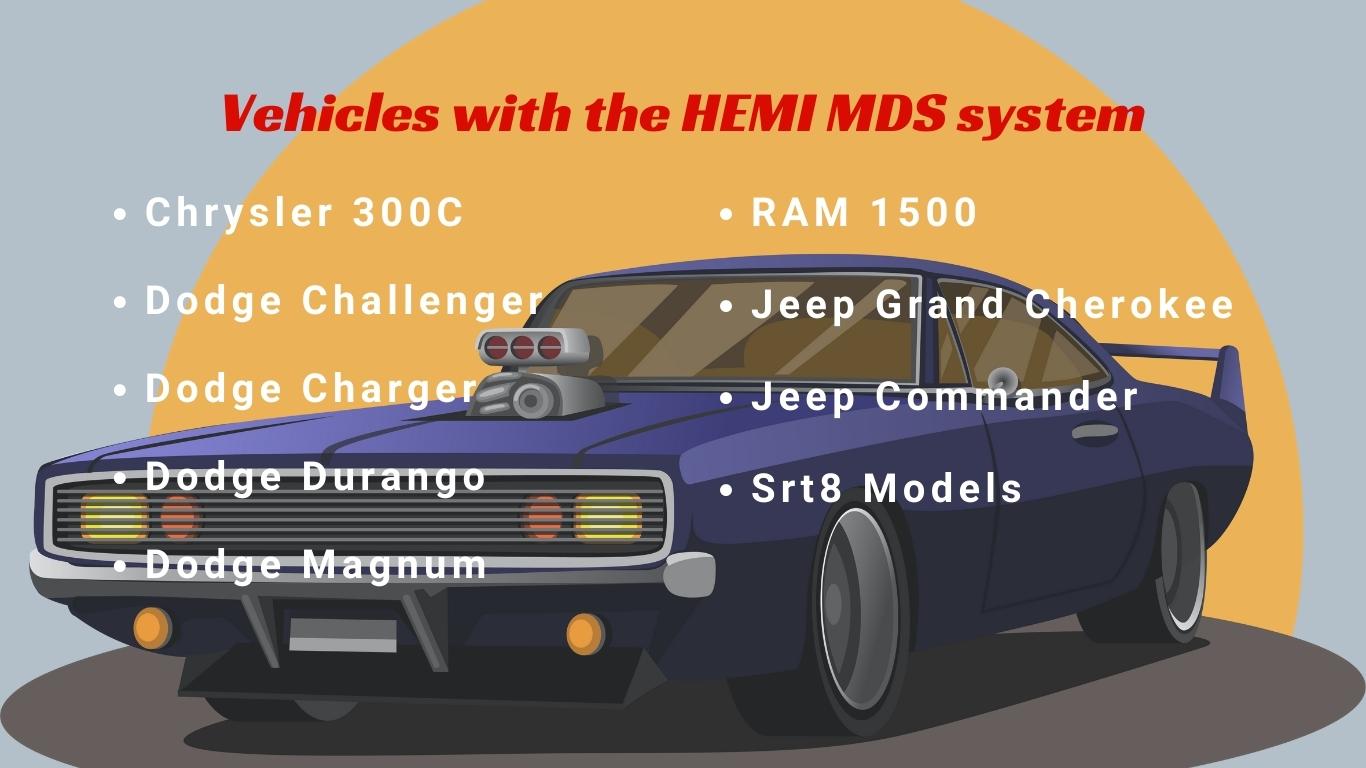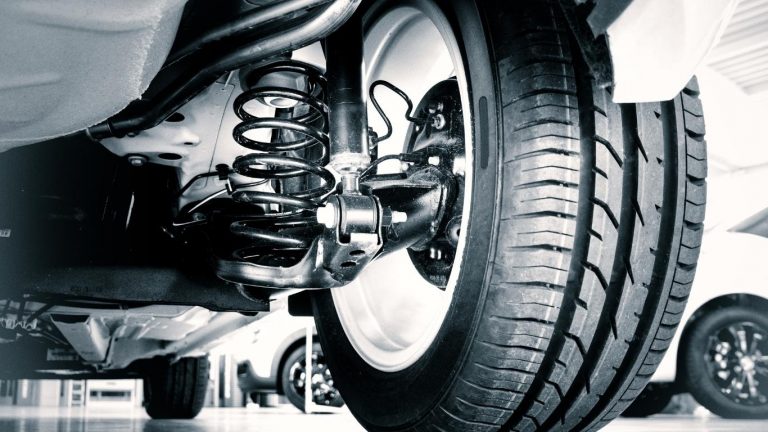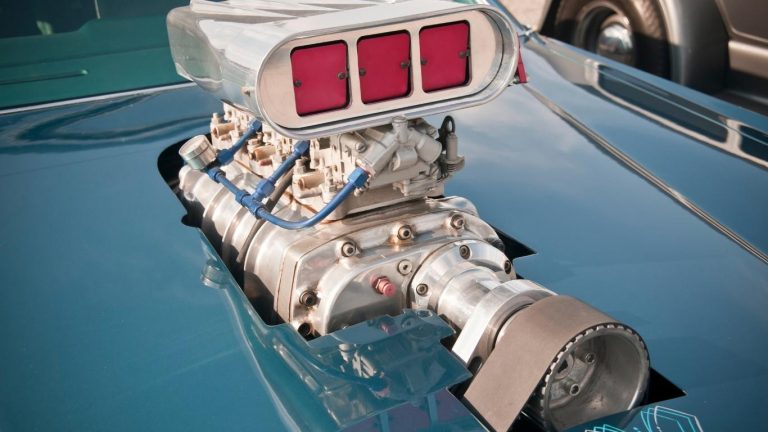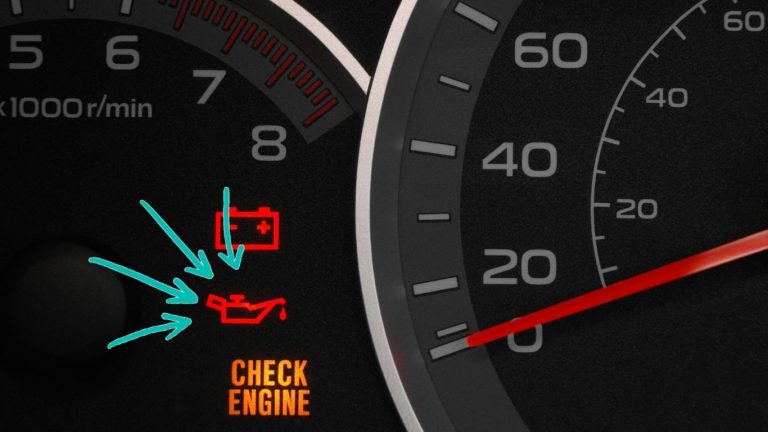Everything You Need to Know About HEMI’s MDS System!
When it comes to fuel economy and emission control, the Hemi MDS system is hard to beat. MDS, or Multi-Displacement System for short, allows the engine to run on four cylinders when cruising at highway speeds, saving fuel and reducing emissions. However, some 5.7L Hemi owners have reported issues with the system, so it’s essential to understand how it works and how to troubleshoot it if necessary.
This article will give you everything you need to know about the Hemi MDS system, including how it works, its benefits and drawbacks, and how to troubleshoot common problems and disable them if the situation demands it!
So let’s get to know your Hemi a bit closer. But first,
What is HEMI MDS, and how does it work
The Hemi MDS system is Chrysler’s variable displacement technology that debuted in 2005 on the 5.7 L modern Hemi engine. When the throttle is closed or at steady speeds, it deactivates four of the V8’s cylinders.
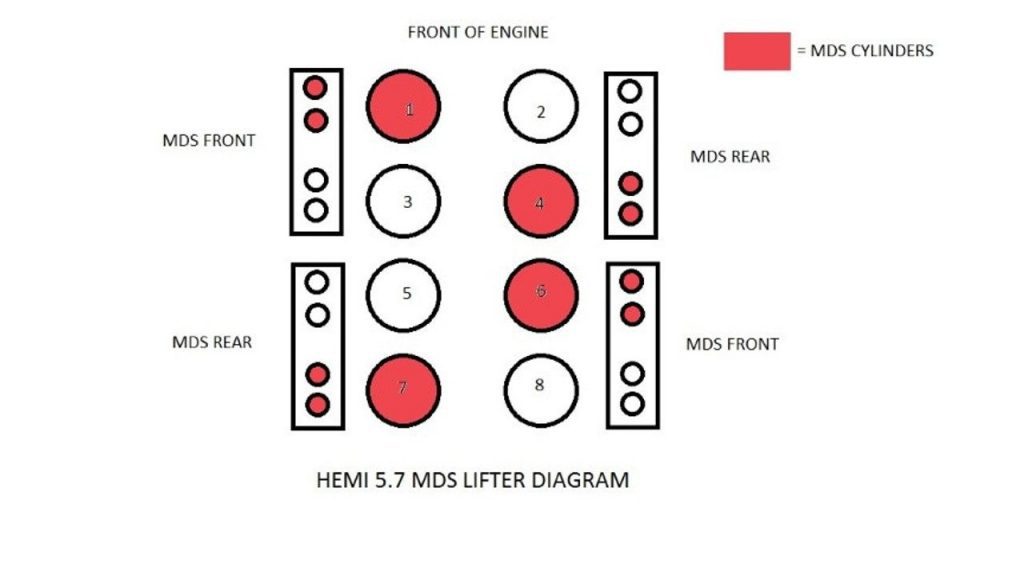
This system was designed to improve fuel economy and emissions without sacrificing power and performance. When the Hemi MDS system is activated, the engine runs on half of all cylinders(4 instead of 8).
The MDS system is controlled by the powertrain control module (PCM). The PCM uses sensors to monitor throttle position, engine speed, and load. When the PCM determines that conditions are appropriate for Hemi MDS operation, it activates the system by closing the intake and exhaust valves of the deactivated cylinders.
According to Chrysler, the Hemi MDS is transparent to the driver, and there is no difference in performance or power when it is activated. The only time you will notice it is when it deactivates or reactivates the cylinders, which is indicated by a slight vibration.
However, some power-hungry drivers will likely feel reduced power and performance when MDS kicks in.
Cars & trucks equipped with HEMI’s MDS feature

The Hemi MDS system is used on the following vehicles:
- Chrysler 300C
- Dodge Challenger
- Dodge Charger
- Dodge Durango
- Dodge Magnum
- Dodge RAM (1500 only)
- Jeep Grand Cherokee
- Jeep Commander
- Srt8 Models
The good and bad of HEMI MDS
The Hemi MDS system offers many benefits, including improved fuel economy, reduced emissions, and increased performance.
It is most useful when cruising at highway speeds, where it can enhance fuel economy by up to 10 to 20%.
However, like most things in life and the automobile industry, the Hemi MDS also has its drawbacks.
One of the biggest complaints about the Hemi MDS is that it can cause engine vibration at the instance of its activation or deactivation.
Another fuss is that the MDS system can cause a reduction in power and performance when it’s activated. Some Hemi drivers have reported that their engines feel like they are running on half the power when the MDS is activated. More so, MDS is more beneficial when you are on the highway.
How to troubleshoot common HEMI MDS problems

It’s not the case with every driver, but if you’re experiencing engine vibration or a decrease in power and performance in MDS-activated mode, there are a few things you can do to troubleshoot the problem.
First, check your engine’s oil level and quality. If the oil is low or dirty, add or change the oil, it could be causing the MDS system to activate prematurely or deactivate too often. You may need to reset the oil life/service reminder after that.
Another common problem is MDS solenoid failure. The Hemi MDS system uses solenoids to deactivate and reactivate the cylinders. If these solenoids fail, it can cause the Hemi MDS system to malfunction. You may notice obnoxious noises like ticking, lifter problems, MDS going on and off, etc.
HEMI MDS performance tips and tricks
If you want to improve the performance of your Hemi engine, there are a few things you can do.
First, install a performance air intake. This will help your engine breathe better and make more power.
Up next, install a performance exhaust system. It will get more air to your engine, generating more power effectively.
Finally, get a performance programmer to help you tune your engine for optimal performance and fuel economy.
5.7L HEMI MDS engines are an excellent choice for those who want improved fuel economy and performance.
However, the Hemi MDS system can cause engine vibration and reduce power and performance. If you’re experiencing these problems, troubleshoot the MDS system and make sure all the sensors and solenoids are working correctly. Or disable or delete the MDS entirely if needed.
Benefits of deleting or disabling the HEMI MDS system
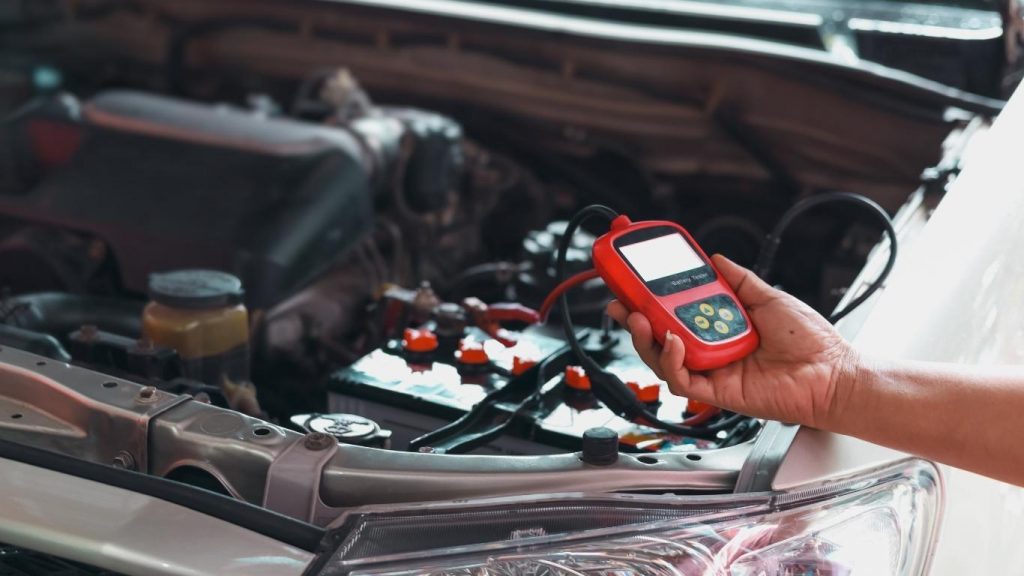
As beneficial as the MDS system of Chryslers is, there might still be a time when you want or need to delete it.
Some of the top reasons most people delete MDs system includes:
- You’re towing a heavy load and need the full power of your engine
- You’re off-roading and need a cylinders power engine
- You’re racing and need the full force of your engine
- The system is causing irritating engine vibration or a reduction in power and performance
You can find the brief guide to disable/delete MDS here.
Conclusion
There you have it – the complete coverage of the Dodge HEMI MDS system, one of the most fuel-efficient and relatively environmentally friendly systems.
The Hemi MDS is a great way to improve fuel economy and performance. You can also disable the Hemi MDS system if you need to. Installing some aftermarket mods and tuners can help you achieve that. What’s next? Get to know these most common 5.7L HEMI engine problems and how to tackle them.

